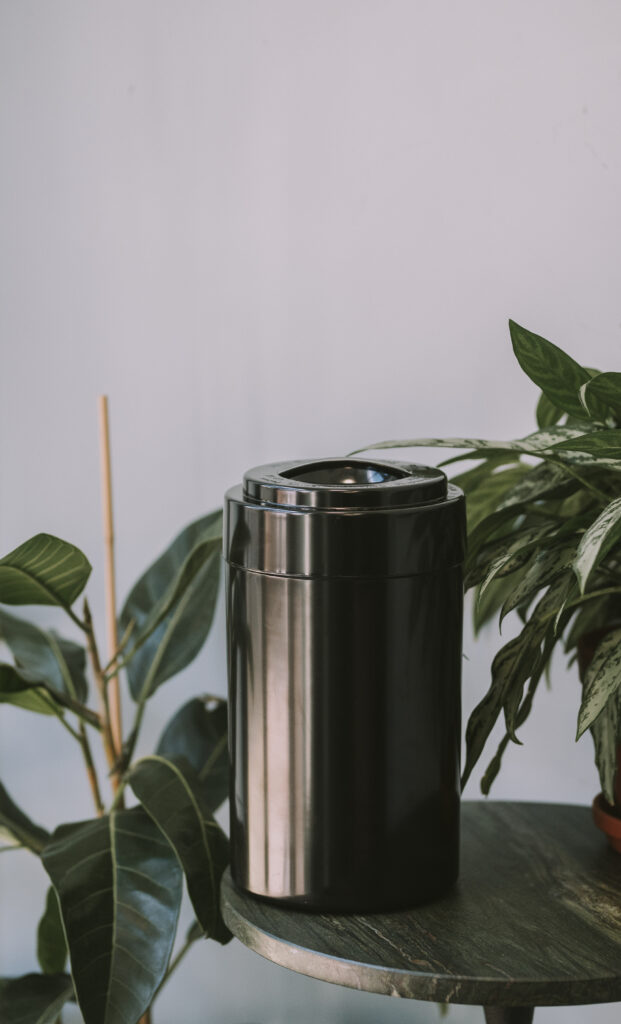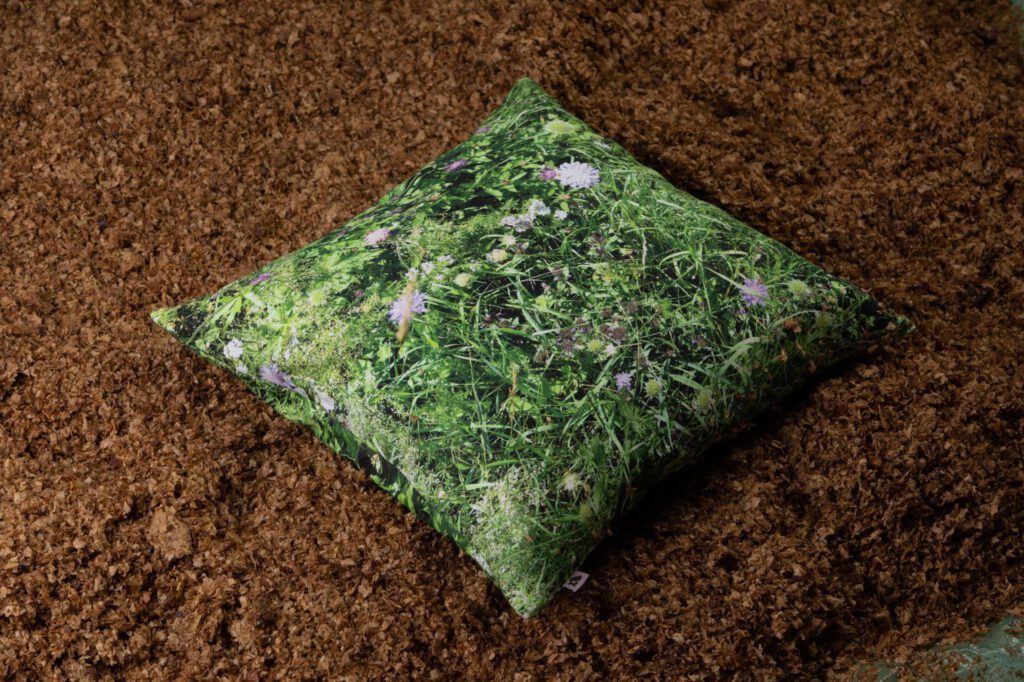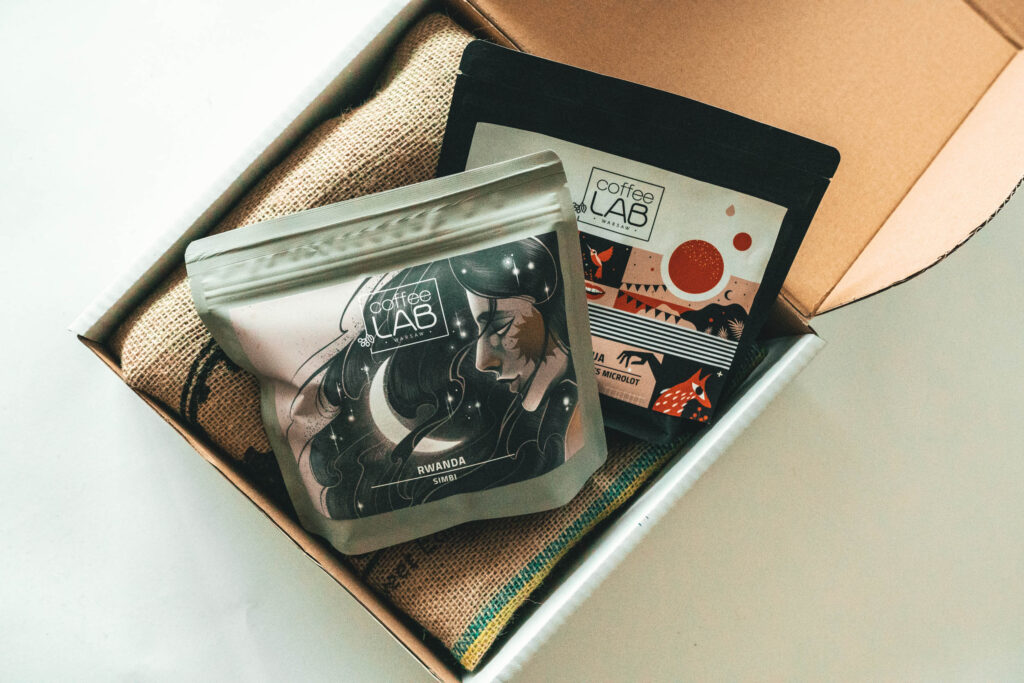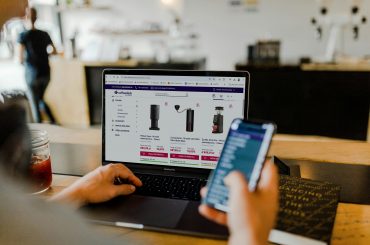Coffee industry is guilty of many practices which affect the environment in a questionable way, to put it lightly. First of all, the production process uses huge amounts of water. Secondly, we are responsible for carbon footprint, that is greenhouse gas emission, connected both with production processes and transport. Coffee must be delivered from tropical plantations to the roasteries and then to cafés and shops.
Finally, during their long journey from the coffee farm to the consumer, the beans go through many processes and hands, which multiplies the amount of packaging and unnecessary plastic. Plastic, which is already everywhere, from the Great Pacific Garbage Patch five times bigger than the area of Poland, to soil, to living organisms, to water and… probably to our cups of coffee.
So, what can we do? First of all, let’s not wring our hands but let’s get to work. Some roasters are already on track to find their ways of taking care of the Earth and our future on this planet.
How?
1.Packaging. Coffee that reaches customers (both business clients and individual consumers) must be properly packed. Good news is, you can do it in the least burdensome way to our planet.
- Reusable packaging. This solution is perfect for delivering coffee from the roaster to the café. The beans are delivered in large containers and after some time the empty containers are taken back in order to be filled up again. Such solutions are currently used for example by Coffeelab, JAVA Coffee Roasters, and Good Coffee Micro Roasters. This process is slowly beginning to function in cafés, where customers can buy coffee packed in jars or cans. Such solutions are being tested by STOR café in Warsaw or Rozrusznik café in Wrocław.

 fot. STOR
fot. STOR- Lesser evil. It is not always possible to return packaging and reuse it. If that is the case, it’s better to simply skip double-packing (e.g. a single packet instead of both a packet and a box, or avoiding plastic packs). It’s a good idea to promote larger capacities of boxes: one package which weighs one kilogram will definitely be better than four smaller packages. Finally, it’s important to pay attention to the material of which the packages are made and the policy of the producer. For example Dutch Coffee Pack produces CO2 neutral packaging and invests in projects reducing CO2 emission in coffee growing countries.
- One step further, that is natural packaging. What if we replaced plastic with material produced by… microorganisms? Polish Make Grow Lab produces (actually, supports the production by such organism like the ones used in the production of beer or cheese) packaging from vegetables and agricultural waste. They are just as durable as their plastic equivalents. In cooperation with Hard Beans from Opole they created packaging from coffee chaff, that is coffee shells which are the by-product of coffee production. Its cost is currently so high that it can only be used for premium products (geisha!), but the more initiatives of this kind, the greater chance for popularizing bio-solutions.
2. Reusing. It is one of the main rules of the less waste philosophy. Before you throw anything away, think whether it can be used again. For example, Coffeelab uses sacks which carried green coffee as protective packaging for delivery, replacing bubble wrap. Bardzo dobrze café from Szczecin in cooperation with Foonka company creates pillows filled with chaff from JAVA Coffee Roasters. Coffeedesk has been recently sending out carton boxes left from deliveries or returns. The ideas are endless!


3. Equipment. You might think that energy-saving devices which use as little water as possible are a bigger investment. In fact, the returns are not only lower bills but also longer wear time. In the case of the roastery you can take a step further and invest in lower carbon dioxide. emission. Some coffee roasting machines make it possible, such as Loring S35 used by JAVA Coffee Roasters. It is equipped with catalytic oxidizer, which minimizes smoke emission. On the manufacturer’s website you can check the exact numbers concerning the drop of carbon dioxide emission per production size.
4. Sharing. Something that we find rather useless may actually be of use for someone else. Jute sacks can be given out to charities that will turn them into pillows (an example from Coffeelab). Some roasters share their chaff with those who want it, it is a great stimulant for plant growth, useful in the gardening season.
5. Action. It is also possible to actively fight waste and climate changes. A perfect example is Co-changer project initiated by Hard Beans, 88 grains and Coffeedesk. The idea emerged during a trip to Guatemala, one of the countries that export coffee. It has no system of waste management, plastic floods not only the streets but also coffee plantations. HBCR could not be indifferent to that situation. They created coffee blend from the beans of three producers from Guatemala and they spend some of the revenues from the sales of each package and money collected during parallel fundraiser on cleaning coffee farms and implementing garbage recycling.




If this article has caught your attention and you want to learn more about the philosophy of less waste in HoReCa industry and in your own home, take a look at the book LESS WASTE Polska!





